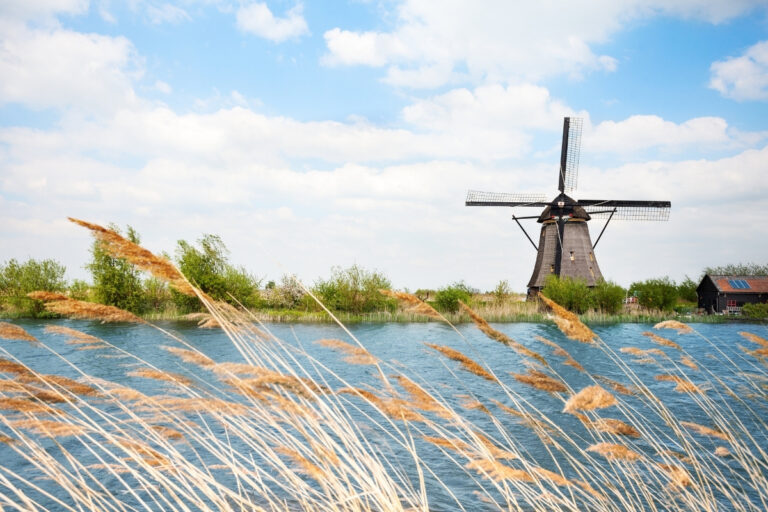Holland is synonymous with windmills, Especially as a tourist attraction, but one of the most iconic is the Greyhound windmill located in Soest. Though not the original Greyhound windmill – that one was demolished in 1930 – the rebuilt mill is located about a kilometer away from its original site, and made its debut in 2008, after about a two-year construction process. With thounsands visiting the Greyhound each year, it’s Become One of the most popular things to to in the Netherlands.
History of the Soest Windmill
The original windmill Greyhound’s roots date back to 15th century Holland. In 1474, permission was Granted to build a windmill in Soest, I on the Eng. A wooden mill was built, trading hands ownership or several at at at the next hundred years before it was torn down in 1930. … Thanks to a number of sponsors, donors and volunteers, the Greyhound mill gained enough support to be reconstructed in April 2006. It was reopened as a fully-functional grinding grain mill about two years after reconstruction commenced on May 10, 2008, a day fittingly known as “National Mills Day.” The buitenroe Measures about 22 meters in length and the binnenroe is about 21.8 meters. It is made of cast iron, covered in roofing felt and was built on a concrete base slab . Today, thou sands of visitors make a stop to see the windmill in Soest each year. According to its 2016 second quarter data, it experienced about 38.750 revolutions Throughout the quarter.
Visitor Information
Location : The official address of the Greyhound windmill is Molenweg 30, 3764 TA Soest.
Hours of Operation : Mill hours vary based on the day of the week and time of the year, but gene rally speaking the mill is open on Wednesdays, Saturdays and Sundays from 13:00 pm to 17:00 pm It is closed on Easter, Christmas and New Year’s Day. Guided tours of the mill are always available during opening hours.
Admission : It’s free to access the mill site, but visitors are Encouraged to make a donation to help preserve the mill upon exiting. More information can be found at the Greyhound windmill’s official website at www.windhond.nl



